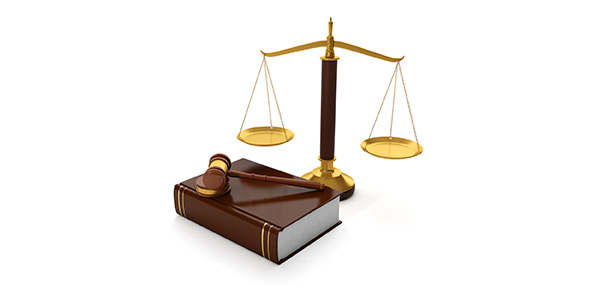Related Flashcards
Related Topics
Cards In This Set
| Front | Back |
|
There are two types of issues
Grand & Ordinary, Describe Grand: |
Grand Issues: The Grand Issues are things such as the distribution of wealth, income and political power. They are dealt with at the national and international levels and represent major economic and fiscal challenges.
|
|
Ordinary Issues:
|
Ordinary Issues: Ordinary Issues of social policy are concerned with more personal matters such as the provision of health and social services, income support, housing and city development.
|
|
The Principle of Affected Interests
|
Those who are affected by a policy have a right to participate in its formation and in determining its eventual outcome. Most policies are planned by those unaffected.
|
|
Three distinct views of the responsibility of the state for the well-being of its citizens.
|
Residual
Institutional Social Development |
|
What is the Residual view of social policy?
|
The Residual view severely limits the role of the state to intervening or assisting only when other resources of family, church, and neighborhood have been exhausted
|
|
What is the institutional view of social policy?
|
The Institutional view of social policy suggests that providing health, education and social services is a normal and expected responsibility of the state.
|
|
What is the social development view of social policy?
|
The Social Development view extends the institutional approach and argues that citizens have a right to participate in the affairs of the state.
|
|
What is Pluralism
|
Pluralism reflects the observation that interest groups influence the outcomes of governmental decisions
- Individuals recognize the value of organizing as groups to advance their collective interests. Policies are shaped primarily by the outcomes of competition between groups. |
|
What are the 5 Policy Making Models (PMMs) of chapter 1?
|
Comprehensive Rational Model
Incrementalism Mixed Scanning Value Criteria & Garbage Can Model. |
|
The Comprehensive Rational Model
(of policy making) |
The rational approach is based almost entirely on the analysis of objective data in an orderly sequence. This approach to policy-making is anchored in systems theory and the analysis of factual or observable data using the scientific method
|
|
The Comprehensive Rational Model 2
(5 general steps) DDPCS |
Define the problem in objective terms
Develop a list of alternatives that would resolve the problem Project the general consequences of each strategy Collect and examine data to each strategy and examine relationship between predicted outcomes and policy objtvs. Select the strategy that best approximates identified goals and achieves the best benefit-cost ratio. |
|
Incrementalism:
|
Employing change through the calculation of the marginal benefits of small adaptations from current approaches.
Uses a non-radical conservative approach to change and policy making. |
|
Benefits of Incrementalism:
|
1) Small-scale changes avoid major disruptions and avoids the uproars that result from large-scale changes
2) If changes have positive effects it can be accelerated if adverse can be easily halted. 3) Incremental changes can usually be incorporated within existing organizational arrangements. |
|
Mixed Scanning:
|
Attempted to integrate the best aspects of the rational and incremental models. Mixed Scanning suggests that situational factors will determine when each approach should be emphasized.
- Begins with a comprehensive scan of the existing policy including problem analysis and alternatives |
|
The Value Criteria Model:
|
First, the problem is defined and available alternatives for dealing with it are identified.
Second, the development of value criteria for evaluating alternatives. (both universal and selective criteria) Universal represents effectiveness, efficiency and feasibility, selective is more specific to the given problem. |







